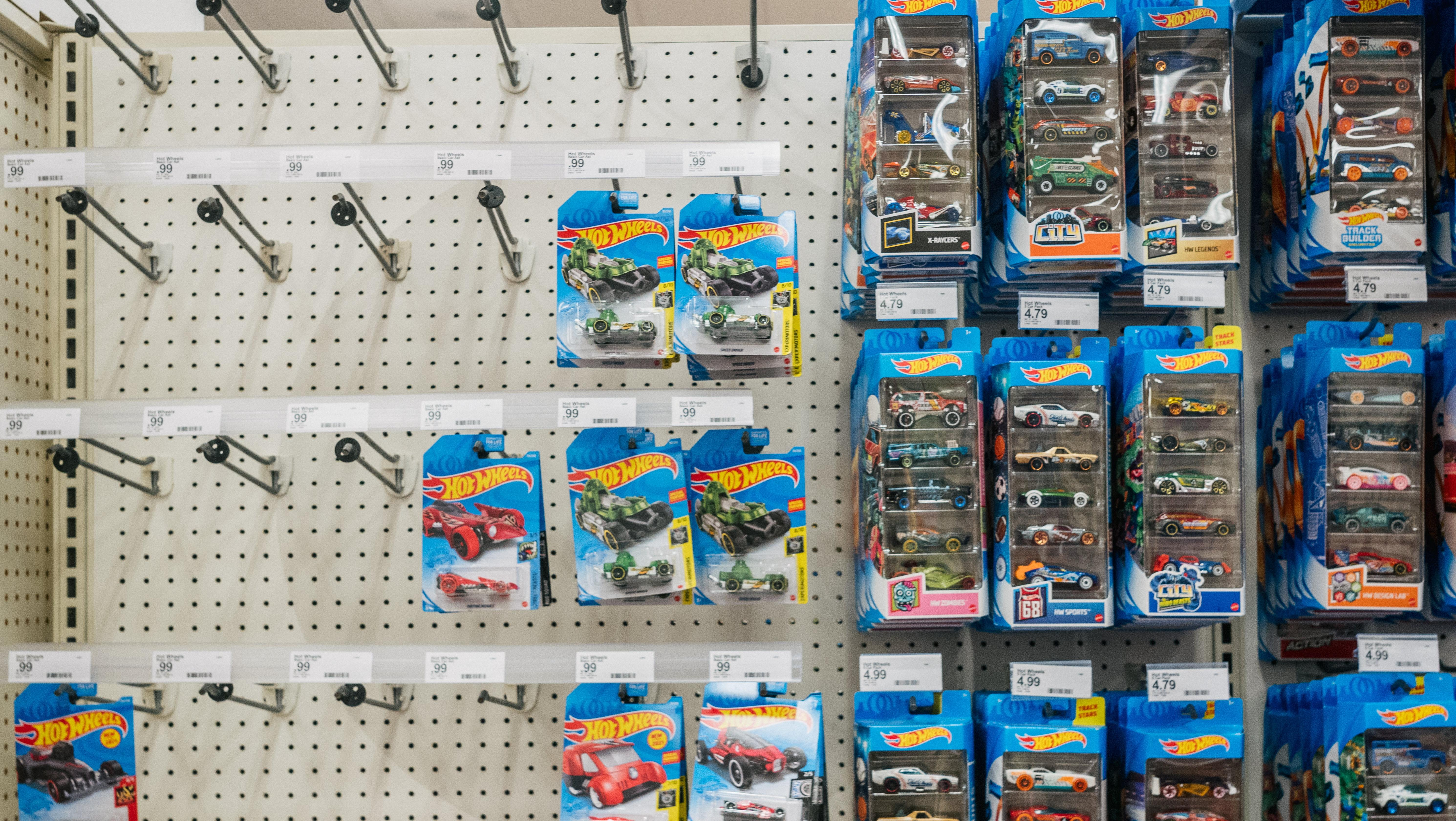How Hot Wheels Engineers Make Small Versions Of Our Favorite Cars
'Popular Science' got a chance to check out the process in person.
In theory, making a toy version of a car sounds pretty simple. You'd just shrink the dimensions and voila, right? Well, after checking out the Hot Wheels design center, Popular Science has an answer: making those tiny vehicles is a lot more complex than you would think.
See, each car starts with a sketch, just like its life-size counterpart would — but there's so much more to it than that, Bradley Iger writes:
"If you took a life-sized car and just shrunk it down the wheels would look too small, the roof would look too big, and a lot of the important details would be lost," says Hot Wheels designer Brendon Vetuskey. "We have to exaggerate and adjust those details so that when you look at the car in 1:64th scale, it still looks good. You have to finesse the proportions and the characteristics of the car to make it look right at that size."
Vetuskey uses 2020 Legends Tour winner Riley Stair's 1970 Pontiac Trans Am as an example. "We had some modeling files of another Trans Am and modified those based on the details that are unique to this car. Things like the open engine bay, the side-exiting exhaust pipes, and the extended fender flares were applied to that model and adjusted so the proportions would make sense at 1:64th scale."
For the Hot Wheels design team, it often comes down to identifying the elements that give the car its visual personality—the things that make a car look cool—and emphasizing those elements while potentially sacrificing less-important details due to the limitations of diecast manufacturing.
It's an interesting thought to consider: you're not making a true diecast so much as you are translating a car's most critical design elements into a smaller form. The English major in me sees this whole design process as translating a language. Sure, you could create a direct, one-to-one translation, but what context are you missing when you opt for one word over another? Is there a connotation that means you should opt for "possess" instead of "acquire?"
The Hot Wheels design process, though, goes through so many more iterations than just a sketched design. There are computer-based models and sculptures. There's on-track testing, just like a real car. And there's a whole marketing ploy that has to come in to make sure people buy these cars. I'll let the folks at Popular Science give you the details — but I will say that it's one hell of a fun story.
